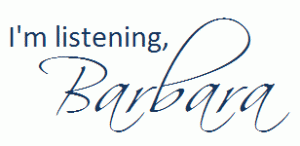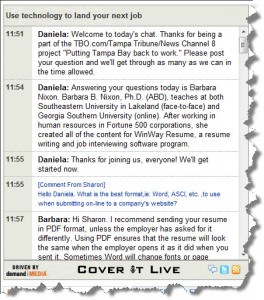 Public relations practitioners are called upon to take photos on occasion for their clients. For this assignment, you will take a photo and write a caption, with the intent that the photo and caption could stand alone and be published without an accompanying news release / article.
Public relations practitioners are called upon to take photos on occasion for their clients. For this assignment, you will take a photo and write a caption, with the intent that the photo and caption could stand alone and be published without an accompanying news release / article.
Using the rules of great photography you learned in your textbook and in the Language of the Image course you took at NewsU, take one photo of someone or something that is newsworthy and would benefit your client. (If you cannot come up with a photo idea for your client or if your client is too far from where you are living now, then take a photo that would benefit the Communication department.)
Then write a caption to accompany the photo using the four-part process described by Lori Oglesbee in the Journalism Education Today articled titled Captions, and add a photo credit. Your caption will contain the following elements:
- Headline
- Identification Sentence
- Secondary Information Sentence
- Quote
- Photo Credit
To submit this assignment, use one Word document. Put your name and course number at the top. Paste your photo into the Word doc; size it so it’s five inches wide (and whatever height it needs to be to be proportional). Write your caption, including photo credit, beneath the photo. Turn the assignment in using the usual method for our class.
NOTE: I do NOT need the original, high-resolution photo for this assignment.
To see how this assignment will be assessed, see: Rubric: Photo with Caption Evaluation




